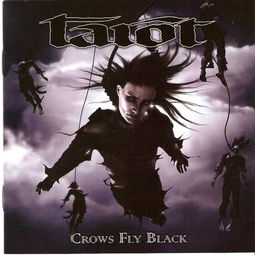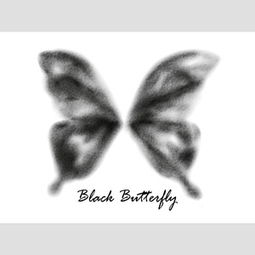
Understanding Black Fly Bites: A Comprehensive Guide
Have you ever found yourself scratching an itchy spot on your skin, only to realize it’s a black fly bite? Black fly bites can be more than just an annoyance; they can cause discomfort, pain, and even transmit diseases. In this detailed guide, we will delve into the various aspects of black fly bites, including their appearance, symptoms, prevention, and treatment.
What Are Black Fly Bites?

Black fly bites are caused by the female black fly, which feeds on the blood of animals and humans. These flies are commonly found in wet environments, such as near rivers, lakes, and streams. The bite is characterized by a small, red bump that may be surrounded by a larger, red area. The bite can be quite painful, and the itching can last for several days.
Appearance of Black Fly Bites

When you get a black fly bite, you may notice a small, red bump on your skin. This bump is usually surrounded by a larger, red area, which can be quite itchy. In some cases, the bite may also cause a small amount of swelling. The bite may be painful, especially when you scratch it.
Table: Common Symptoms of Black Fly Bites

| Symptoms | Description |
|---|---|
| Red bump | A small, red bump on the skin where the bite occurred |
| Red area | A larger, red area surrounding the bump |
| Swelling | A small amount of swelling around the bite |
| Pain | Painful sensation when the bite is scratched or touched |
| Itching | Intense itching around the bite |
Causes of Black Fly Bites
Black flies are attracted to warm-blooded animals, including humans. They are most active during the morning and evening hours, and they often feed on animals and humans in wet environments. The female black fly requires blood to lay her eggs, which is why she bites humans and animals.
Prevention of Black Fly Bites
Preventing black fly bites is essential, especially if you spend time in wet environments. Here are some tips to help you avoid getting bitten:
- Wear long-sleeved shirts and pants when you’re in a black fly-infested area.
- Use insect repellent containing DEET or picaridin.
- Stay in areas with wind, as black flies are less likely to fly in windy conditions.
- Use a head net or hat with a wide brim to protect your face and neck.
Treatment of Black Fly Bites
Most black fly bites are mild and can be treated at home. Here are some tips for treating a black fly bite:
- Clean the bite area with soap and water.
- Apply a cold compress to reduce swelling and pain.
- Use an antihistamine cream or lotion to relieve itching.
- Avoid scratching the bite, as this can lead to infection.
When to Seek Medical Attention
In most cases, black fly bites are harmless and can be treated at home. However, if you experience any of the following symptoms, seek medical attention:
- Severe pain or swelling
- A large, red area around the bite
- A fever or chills
- Difficulty breathing or swallowing
Conclusion
Black fly bites can be a nuisance, but they are usually not a serious health concern. By understanding the appearance, symptoms, prevention, and treatment of black fly bites, you can take steps to protect yourself and your loved ones from these pesky insects.





